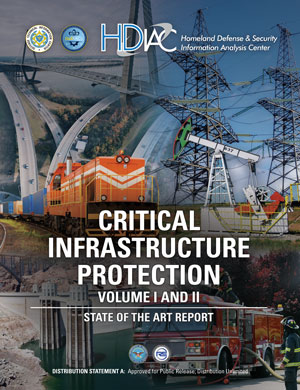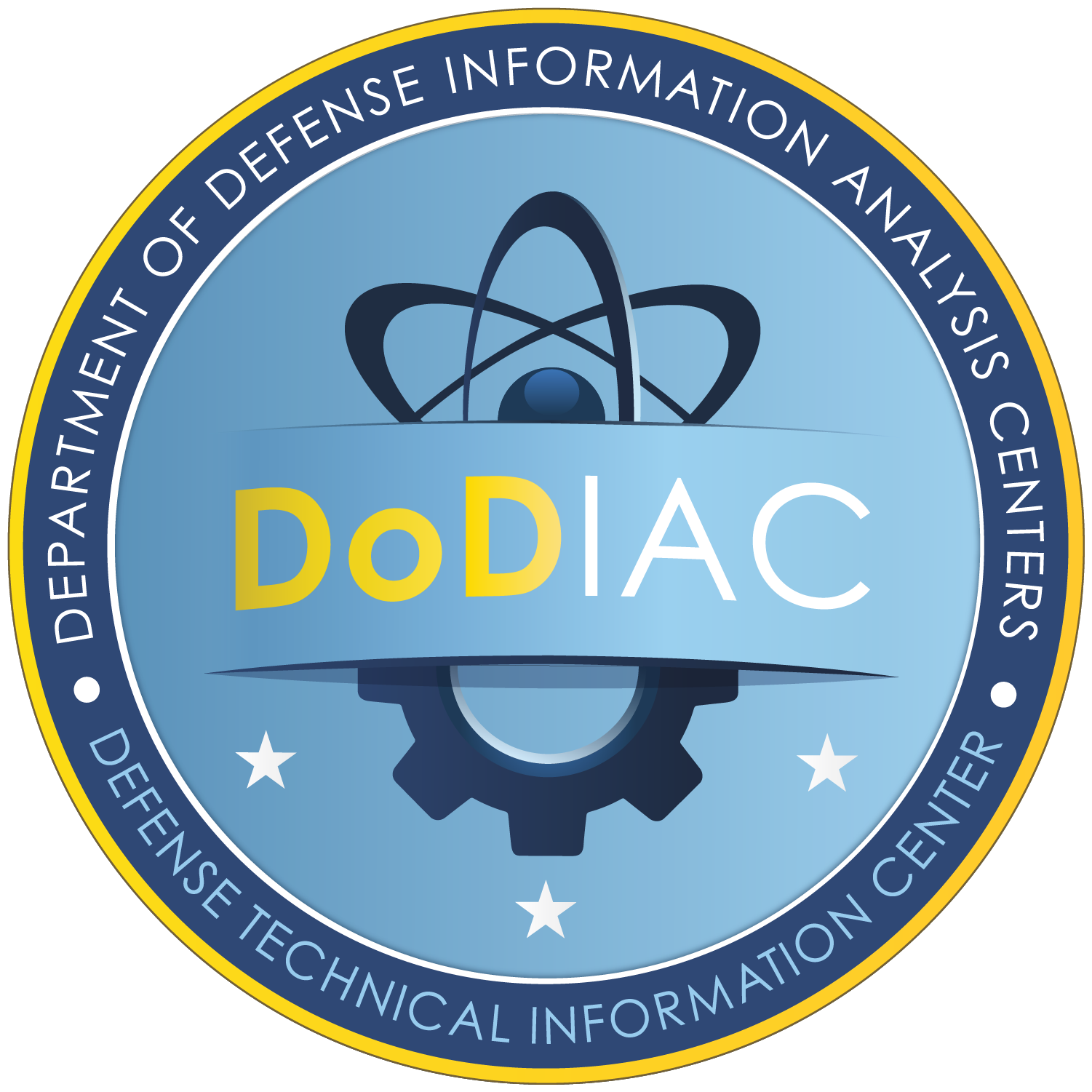an email newsletter released every month highlighting the latest articles, events, technical inquiries, and voices from the community
Critical Infrastructure Protection

Posted: March 8, 2021
The Homeland Defense & Security Information Analysis Center (HDIAC) regularly develops state of the art reports (SOARs) in order to provide a compendium of scientific/technical articles that summarize the most current state of research in topic areas of importance to the Department of Defense. These SOARs are a means of satisfying user needs for authoritative information directly applicable to their ongoing work.
Critical Infrastructure Protection is one of the HDIAC’s eight technical focus areas and was chosen as the subject of our latest state of the art report due to its importance to the nation. Critical Infrastructure Protection is composed of National Infrastructure, Physical and Virtual Systems, Cyber Infrastructure, and Continuity of Operations.
The Cybersecurity & Infrastructure Security Agency of the Department of Homeland Security identifies 16 critical infrastructure sectors that are essential to sustaining the economic vitality and high standard of living for Americans: Chemical; Commercial Facilities; Communications; Critical Manufacturing; Dams; Defense Industrial Base; Emergency Services; Energy; Financial Services; Food and Agriculture; Government Facilities; Healthcare and Public Health; Information Technology; Nuclear Reactors, Materials, and Waste; Transportation Systems, and Water and Wastewater. Their protection must be planned for, which involves the public sector and local, tribal, state, and federal levels of government.
The National Security Strategy of the United States asserts that “our fundamental responsibility is to protect the American people, the homeland, and the American way of life… We will protect our critical infrastructure and go after malicious cyber actors.” Additionally, nested under the National Security Strategy is the National Defense Strategy, and it outlines an operational environment where “every domain is contested – air, land, sea, space, and cyberspace,” and emphasizes that the “homeland is no longer a sanctuary.” Attacks on our critical infrastructure, both in the physical realm and in cyber space, can cause significant economic disruption, loss of confidence in our civilian institutions, and most importantly injuries to and deaths of countless citizens.
This SOAR reviews the current state of emerging technologies and methodologies relating to the protection of infrastructure and resources critical to national security including public health, financial services, security services (police, military), telecommunications, agriculture, security threats posed from cyber warfare and operational factors and functions, and Continuity of Operations planning. Volume I of this two-volume report takes a look at the evolution of our critical infrastructure protective measures, the physical threats to our critical infrastructure, and the role government has in working with the owners of the largely privately-owned infrastructure assets. Volume II of this SOAR looks deeper into the cybersecurity threat as our critical infrastructure is vulnerable to not only physical but also cyber-attacks.
Focus Areas
Stay informed when a new SOAR is released
Subscribe to our upcoming state-of-the-art reports

